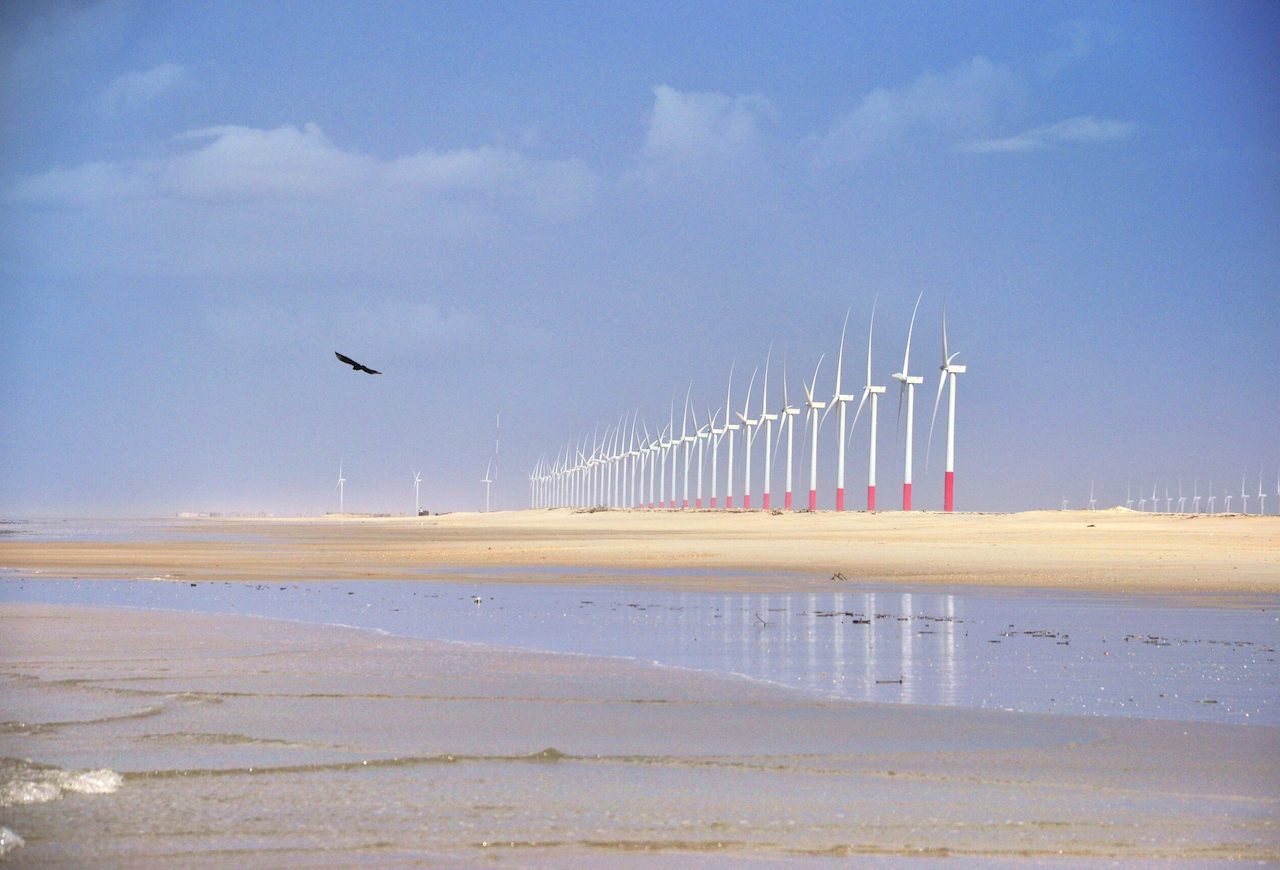The latest report from Dutch impact investment consultancy Phenix Capital has found that Europe is the most popular region targeted by infrastructure funds with 57% of investment targeted at European projects.

The number of impact infrastructure funds has grown by 221% from 125 funds in 2015 to 401 in 2025, according to the latest report from Dutch impact investment consultancy Phenix Capital.
The report, which analyses the funds listed on Phenix Capital’s database, found that the majority of these (84%) fall under the category of real assets, whilst 16% can be found in the private debt category.
The funds are managed by 193 fund managers, including 19 new managers running infrastructure funds who have joined the asset class in the past year. Some 168 (42%) of the funds are currently open for investment.
Europe is the most popular region targeted by infrastructure funds with 57% allocating investment to European infrastructure projects, followed by North America at 24%.
Investment in infrastructure in developing markets falls behind. For example Asia, Africa and Central and South America, which represent the highest proportion of the world’s developing countries are targeted by just 11%, 10% and 6% of funds respectively.
Niki Natarajan, head of research for Phenix Capital, told Impact Investor that EU initiatives, such as those mentioned by the report which include the European Green Deal to make the EU climate neutral by 2050 or the Connecting Europe Facility, the EU funding programme supporting European transport infrastructure, have driven investment into Europe.
“I believe that if a new fund gets funding from the EU from at least some of these initiatives they have to make their main mandate Europe even if originally they might have had planned a wider investment remit,” she said, adding that a decade ago, US pension funds were much less active in infrastructure investment than their counterparts in Canada, Australia, and the EU, but that this had changed in recent years.
These latest findings broadly echo those found in a report published last July, which analysed trends in the asset class over a period of one year.
SDGs targeted by infrastructure funds
In view of the accelerating rate and impacts of climate change, the report notes that according to the OECD, World Bank and UN Environment Programme, an annual investment of $6.9trn is needed by 2030 to ensure infrastructure investment is compatible with the SDGs and the Paris Agreement.
It is therefore unsurprising perhaps, that the most popular SDG targeted by infrastructure funds is SDG 7: Affordable and Clean Energy (87.5%), followed by SDG 13: Climate Action (22%).
In addition, the report’s authors point out that although infrastructure technically falls within the scope of SDG 9: Industry, Innovation and infrastructure, which is the preferred strategy for 23% of funds, nearly all the SDGs have an infrastructure requirement.
Pension funds lead infrastructure fund investment
The largest cohorts of investors allocating to impact are pension funds, who represent 26% of investors, foundations (12%) and fund of funds (12%).
Giving the example of the UK, where according to the UK’s Pension Policy Institute pension funds typically allocate 1% to 3% of their assets to infrastructure, the percentage of pension fund portfolios invested into infrastructure is likely to grow as funds mature and seek more resilient, inflation-protected returns.
Natarajan said that in theory, investing in infrastructure offered impact investors three things: long term stable, predictable cash flows; social and or environmental impact that can be assessed if the right project is picked; and more resilient inflation-protected returns.
“The third reason is the one that I think will make infrastructure impact a likely favourite with maturing pension funds,” she said.
She added that blended finance and public private partnerships could also gain momentum within the sustainable infrastructure space.
Focus on AI infrastructure
The report also provides a deep dive into the topic of AI infrastructure. According to the report, private debt, which offers investors low correlation with business cycles and decent yields, lends itself well to AI infrastructure investment in particular. This is needed to finance the capital intensive projects that provide the backbone for the burgeoning AI market, which the report’s authors divide into the three key areas of hardware, software and data management.
They note that as AI has the ability to impact many of the SDGs, most obviously SDG8: Decent work and economic growth and SDG9: Industry, innovation and infrastructure, investing in AI infrastructure for the public good could make it a viable impact investment.
“I think the key point to be made is that AI is here to stay and will be mutating at ever increasing speeds. All of this will take infrastructure such as datacentres and cooling systems etc. These will require a huge investment,” said Natarajan, adding that as with everything, there is an environmental, climatic and social cost that she believes has yet to be calculated and must not be ignored.
“So, whether or not there is an impact angle will depend on those financing it. For example, how green will the energy powering the data centres be? I believe it is a chance for impact investing to get in at the front, so all these new constructions can be built sustainably.”






